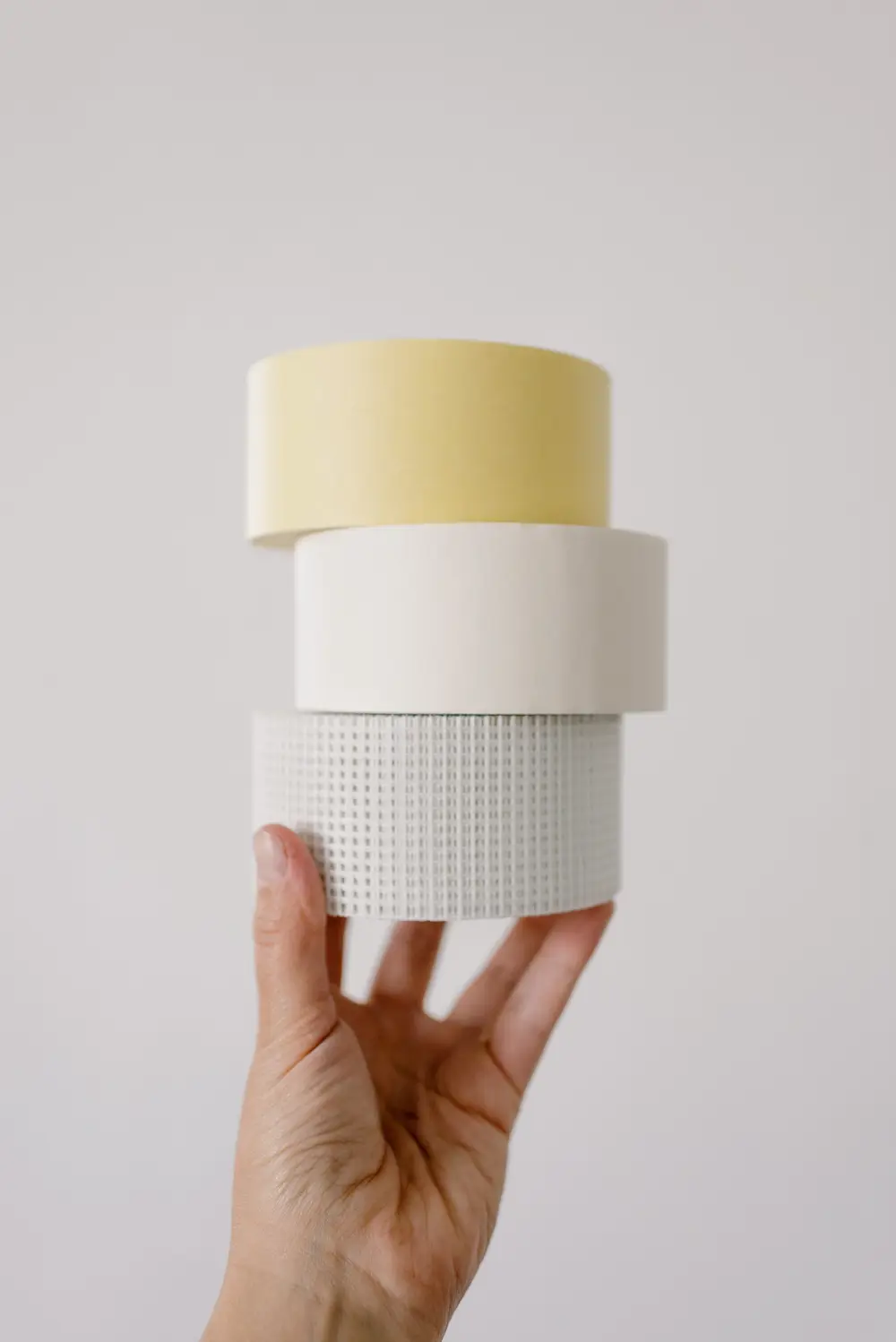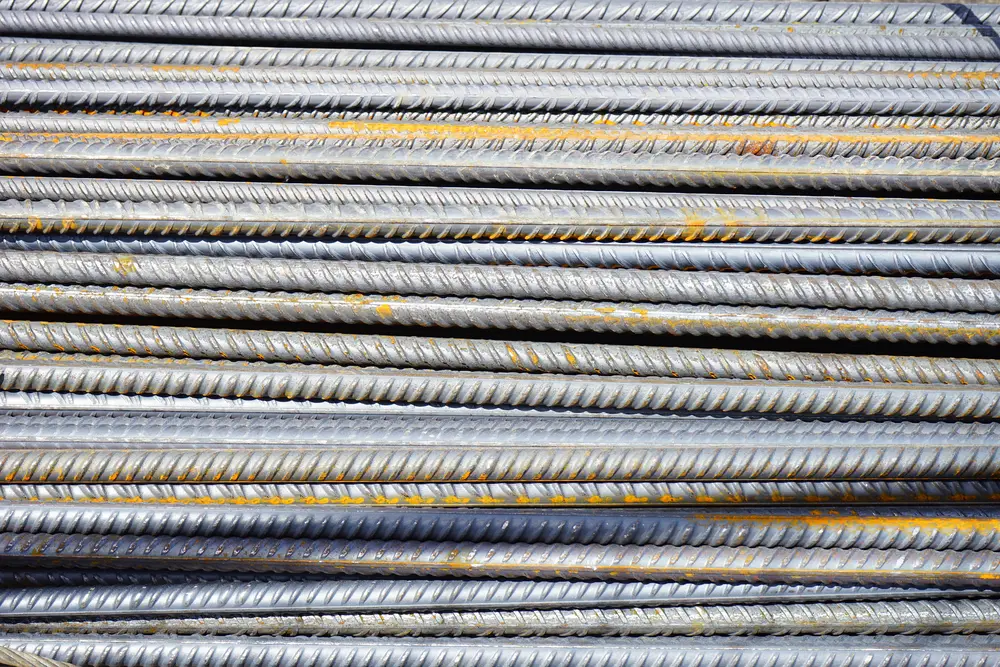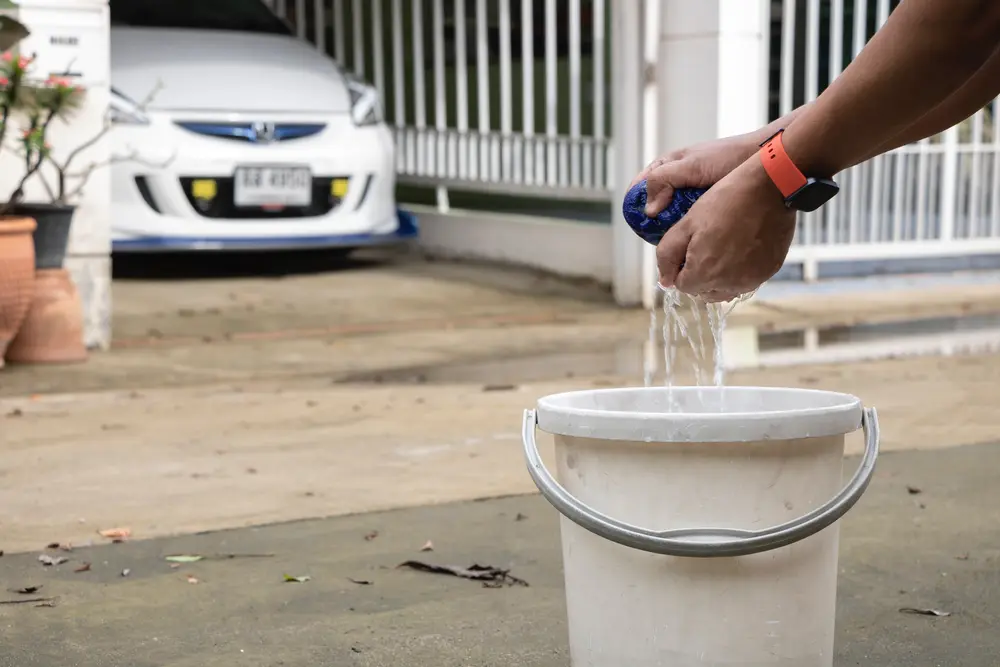| Key Takeaways |
|---|
| - Pillows are essential for a good night’s sleep while camping, but they can get damaged by sharp objects, abrasion, or wear and tear. |
| - You can repair your pillow on the trail using some common items such as duct tape, super glue, needle and thread, or a patch kit. |
| - You can also prevent pillow damage by choosing a durable and inflatable pillow, storing it properly, and protecting it from punctures. |
If you’re like most campers, you probably appreciate the comfort and support that a pillow provides when you’re sleeping in a tent. A pillow can make a huge difference in your quality of sleep, especially if you have neck or back issues.
But what happens when your pillow gets damaged on the trail? Maybe you accidentally punctured it with a sharp object, or it got torn by friction or abrasion. Maybe it developed a slow leak that left it deflated by morning. Or maybe it just lost its shape and firmness over time.
Whatever the case, you don’t have to suffer through the night with a broken or flat pillow. There are some quick and easy ways to repair your pillow on the trail using some common items that you may already have in your backpack or camping kit.
In this article, we’ll show you how to fix different types of pillow damage, such as tears, leaks, or deflation. We’ll also give you some tips on how to prevent pillow damage in the first place and how to choose the best pillow for camping.
How to Repair a Tear in Your Pillow
A tear in your pillow can be caused by various factors, such as sharp objects, rough surfaces, or excessive stretching. A tear can expose the filling of your pillow, which can lead to further damage or loss of insulation.
To repair a tear in your pillow, you’ll need some basic sewing skills and tools, such as a needle and thread, scissors, and pins. Alternatively, you can use duct tape or super glue if you don’t have sewing supplies or want a faster solution.
Here are the steps to repair a tear in your pillow:
- Clean the area around the tear with a damp cloth or wipe. Remove any dirt or debris that may interfere with the repair.
- Turn the pillow inside out so that the tear is on the inside. This will make the repair less visible and more durable.
- If the tear is small and straight, you can simply sew it closed with a needle and thread. Use a matching color thread if possible and make small and tight stitches along the edge of the tear. Tie off the thread securely at both ends.
- If the tear is large or irregular, you may need to patch it with a piece of fabric. Cut out a piece of fabric that is slightly larger than the tear and place it over the tear. Pin it in place and sew around the edges with a needle and thread. You can also use an iron-on patch if you have one.
- Turn the pillow right side out and check for any gaps or loose threads. Trim any excess fabric or thread with scissors.
- If you don’t have sewing supplies or prefer a quicker fix, you can use duct tape or super glue instead of sewing. Duct tape is strong and waterproof, but it may leave sticky residue or peel off over time. Super glue is fast and easy to apply, but it may harden or crack over time.
- To use duct tape, cut out a piece that is slightly larger than the tear and place it over the tear on both sides of the fabric. Press firmly to seal the tape and smooth out any wrinkles or bubbles.
- To use super glue, apply a thin layer of glue along the edge of the tear and press both sides together. Hold for a few seconds until the glue sets and dries.
How to Repair a Leak in Your Pillow
A leak in your pillow can be caused by punctures, cracks, or faulty valves. A leak can cause your pillow to lose air and become flat or lumpy.
To repair a leak in your pillow, you’ll need some tools and materials such as duct tape, super glue, rubber cement, or a patch kit. You’ll also need to locate the source of the leak first.
Here are the steps to repair a leak in your pillow:
- Inflate your pillow fully and listen for any hissing sounds that indicate air escaping from somewhere.
- If you can’t hear any sounds, wet your hand or use some soapy water and rub it over the surface of your pillow. Look for any bubbles that form where air is leaking out.
- Once you find the leak, mark it with a pen or a piece of tape. Deflate your pillow and dry it completely.
- If the leak is small and near the edge of your pillow, you can simply seal it with duct tape or super glue. Cut out a piece of duct tape that is slightly larger than the leak and place it over the leak on both sides of the fabric. Press firmly to seal the tape and smooth out any wrinkles or bubbles. Alternatively, apply a thin layer of super glue over the leak and let it dry.
- If the leak is large or in the middle of your pillow, you may need to patch it with a piece of fabric or a patch kit. Cut out a piece of fabric that is slightly larger than the leak and place it over the leak. Apply some rubber cement or super glue around the edges of the fabric and press it firmly onto the pillow. Let it dry completely. You can also use a patch kit that comes with adhesive patches and instructions.
- Inflate your pillow and check for any remaining leaks. Repeat the process if necessary until your pillow is fully sealed.
How to Repair a Deflated Pillow
A deflated pillow can be caused by various factors, such as low air pressure, temperature changes, or loss of filling. A deflated pillow can be uncomfortable and unsupportive for your head and neck.
To repair a deflated pillow, you’ll need to either refill it with more air or more filling, depending on the type of your pillow.
Here are the steps to repair a deflated pillow:
- If you have an inflatable pillow, you can simply inflate it with more air using your mouth, a pump, or a valve. Make sure to close the valve securely after inflating your pillow to prevent air from escaping.
- If you have a down or synthetic pillow, you can fluff it up by shaking it vigorously or tossing it in a dryer for a few minutes. This will redistribute the filling and restore its loft and shape.
- If you have a foam or memory foam pillow, you can reshape it by placing it in a dryer for a few minutes or leaving it in the sun for a few hours. This will soften the foam and make it more pliable and flexible.
- If none of these methods work, you may need to add more filling to your pillow. You can use any soft and fluffy material such as cotton, wool, polyester, or feathers. You’ll need to cut open a small hole in your pillow and stuff more filling inside until your pillow reaches your desired firmness. Then sew the hole closed with a needle and thread.
How to Prevent Pillow Damage
The best way to avoid having to repair your pillow on the trail is to prevent any damage from happening in the first place. Here are some tips on how to protect your pillow from tears, leaks, or deflation:
- Choose a durable and inflatable pillow that is made of tough and waterproof material such as nylon or polyester. These pillows are less likely to get punctured or torn by sharp objects or rough surfaces.
- Store your pillow properly when not in use. Deflate your inflatable pillow and fold it neatly before putting it in its storage bag or case. Keep your down or synthetic pillow in a compression sack or a pillowcase to prevent it from getting dirty or losing its shape.
- Protect your pillow from punctures by placing it inside your sleeping bag or under your sleeping pad when sleeping. Avoid placing it directly on the ground or near any sharp objects such as rocks, branches, or zippers.
- Keep your pillow away from heat sources such as fire, stoves, or heaters. High temperatures can melt or damage the fabric or filling of your pillow.
- Clean your pillow regularly by wiping it with a damp cloth or washing it according to its instructions. Dirt and sweat can degrade the quality and performance of your pillow over time.
Conclusion
Pillows are essential for a good night’s sleep while camping, but they can also get damaged by various factors on the trail.
Fortunately, you don’t have to suffer through the night with a broken or flat pillow. You can repair your pillow on the trail using some common items such as duct tape, super glue, needle and thread, or a patch kit.
You can also prevent pillow damage by choosing a durable and inflatable pillow, storing it properly, and protecting it from punctures.
We hope this article has helped you learn how to repair your pillow on the trail and enjoy a comfortable night’s sleep.
If you have any questions or comments about this topic, feel free to leave them below.
Happy camping!





Use the share button below if you liked it.
It makes me smile, when I see it.